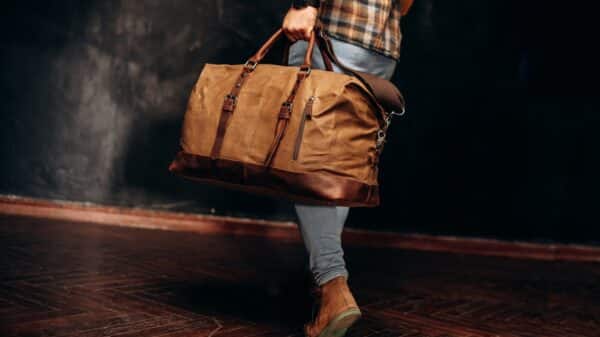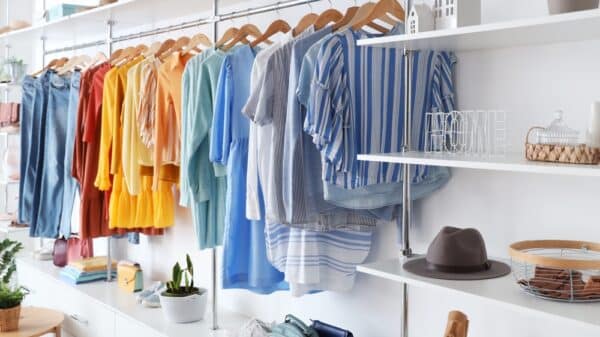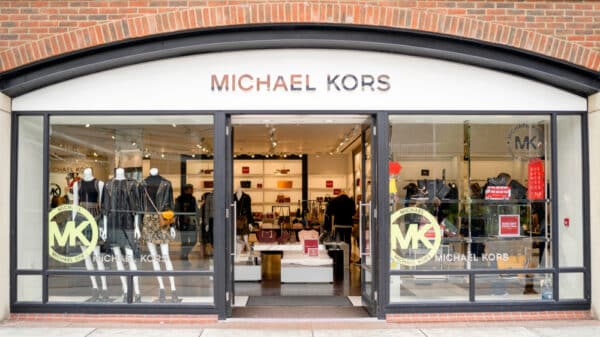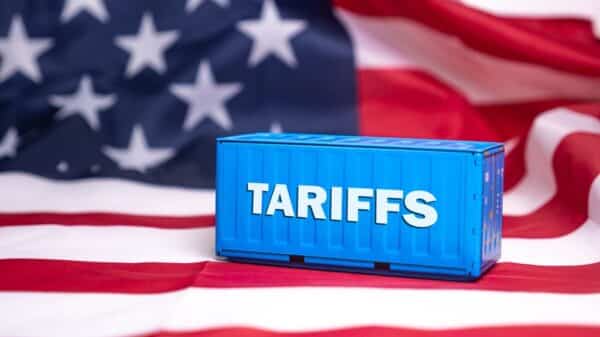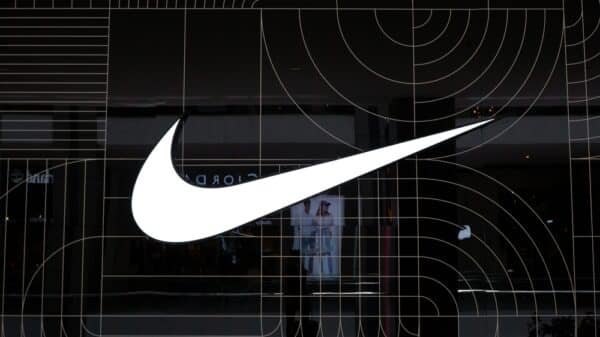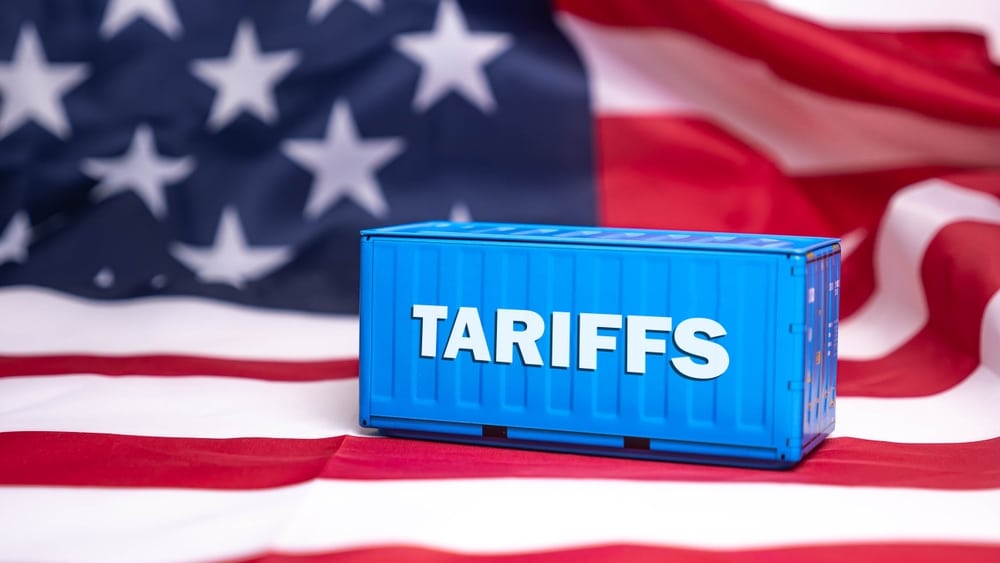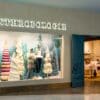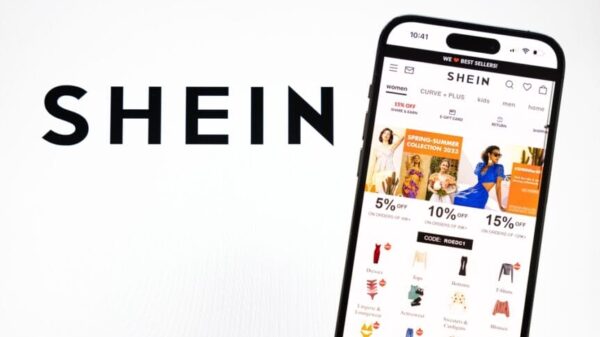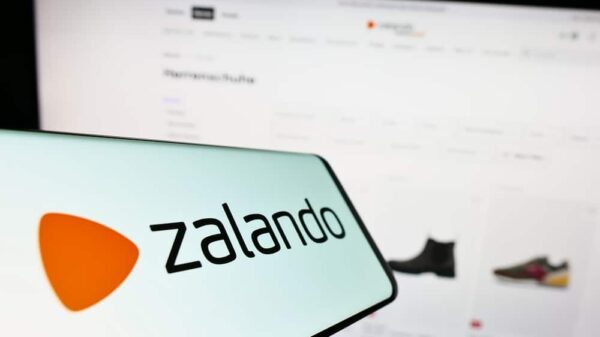Businesses worldwide found themselves grappling with a new economic landscape on Thursday, facing the unsettling reality of potential price hikes, unpredictable trade relationships, and limited access to the U.S. market after President Donald Trump implemented sweeping tariffs. This move, which sent shockwaves through global industries, confirmed the worries that many had long anticipated.
With tariffs skyrocketing from 10% to nearly 50%, Trump championed these measures as a means to revive American jobs and protect the U.S. economy from what he dubbed “unfair global competition.” Yet, for many executives, the immediate response was one of caution and concern. They worried not just about the cost of goods but also about how these tariffs would disrupt their operations and affect their bottom line.
Nigel Green, the CEO of deVere Group, emphasized the real-world consequences of these tariffs, stating, “The reality is stark: these tariffs will push prices higher on thousands of everyday goods—from phones to food—and that will fuel inflation at a time when it is already uncomfortably persistent.” This sentiment resonates with many of us who are already feeling the pinch of rising prices on staples that we rely on every day.
Shipping companies, essential to facilitating global trade, quickly raised their voices in alarm. Maersk, one of the world’s largest container shipping firms, expressed stark concerns, stating, “The tariff plan announced by the U.S. administration was significant, and in its current form, it clearly isn’t good news for the global economy, stability, and trade.” Indeed, the uncertainty surrounding these tariffs left many in the industry reflecting on how their operations might need to shift in light of the new economic realities.
Disturbingly, the concerns weren’t confined to shipping firms. Hapag-Lloyd, another major player in maritime logistics, acknowledged that tariffs could impact demand, disrupt cargo flows, and inflate costs. The president of Germany’s BGA association, Dirk Jandura, echoed these worries, admitting, “We will have to translate the tariffs into price increases, and in many cases, that means a drop in sales.” This sort of burden isn’t just a bottom-line issue; it has the potential to affect jobs, production levels, and consumer choice across the board.
As companies adjust to this new terrain, many are left contemplating their next moves. The common practice of addressing tariffs often involves passing increased costs along to consumers. However, with tariffs hitting various Asian manufacturing partners—like the new 34% tariff on China accompanied by even higher rates on Vietnam and Cambodia—many businesses find themselves in a tight spot. These shifts mean that firms may need to diversify their supply chains further, but with fewer options available, the challenge looms large.
For example, shares of popular sportswear brands—Nike, Adidas, and Puma—plummeted in response to these developments, as they heavily rely on these Asian countries for production. The impact didn’t stop there; Apple also saw a 7% drop in its shares, reflecting anxiety about its significant reliance on manufacturing from China.
In the U.S., major retailers such as Target and Best Buy have already signaled that price increases are on the horizon. Yet even these giants face the reality that their profit margins are likely to take a hit. Over at Target, they’ve been in negotiations with their Chinese suppliers, who are also contending with an economy in slowdown.
For American drinkers, this means higher prices for cocktails, champagne, and foreign beers. The ripple effects could leave certain brands disappearing from bar menus, costing jobs in the process. On the flip side, some European businesses that cater to wealthier customers were already planning price hikes even before the confirmation of a 20% tariff on imports from the European Union. Notably, brands like Illy Caffe and Ferrari have announced plans to increase their prices, confidently assuming their customers can bear the additional costs.
As businesses try to mitigate the fallout, some Italian coffee makers, like Lavazza, seem prepared to adapt. They’ve indicated they might expedite plans for expanding their U.S. operations, contingent upon the outcomes of tariffs affecting their vital supply of green beans from Brazil. Giovanna Ceolini, leading the Italian footwear and leather industries, cautioned that U.S. tariffs come at a time when many companies are already battling rising costs. “We are afraid that for our companies, there will be a slowdown in demand,” she said, recognizing that consumers will ultimately decide if they are willing to pay more for these goods.
With analysts estimating a potential 6% hike in luxury prices across the U.S., companies are urgently seeking ways to safeguard their profit margins. The White House’s backing of these tariffs as a catalyst for bringing manufacturing back stateside is a strategy built on wariness of dependency on countries perceived as economic rivals. For instance, the German fan and motor maker ebm-papst is now weighing whether to expand its operations in Tennessee rather than opening a new plant in Mexico, hoping to avoid customs duties altogether.
What lies ahead is uncertain, and many executives are anxious about possible investment freezes in the face of such unpredictability. The broader implications of these tariffs stretch beyond mere economics; they touch on the everyday lives of consumers, the jobs of hardworking individuals, and the vitality of international trade relationships. Rethinking supply chains, reevaluating pricing strategies, and navigating this shifting landscape will require resilience and creativity from businesses and consumers alike as we collectively adapt to these challenging new realities.
Image Source: Tama2u / Shutterstock


